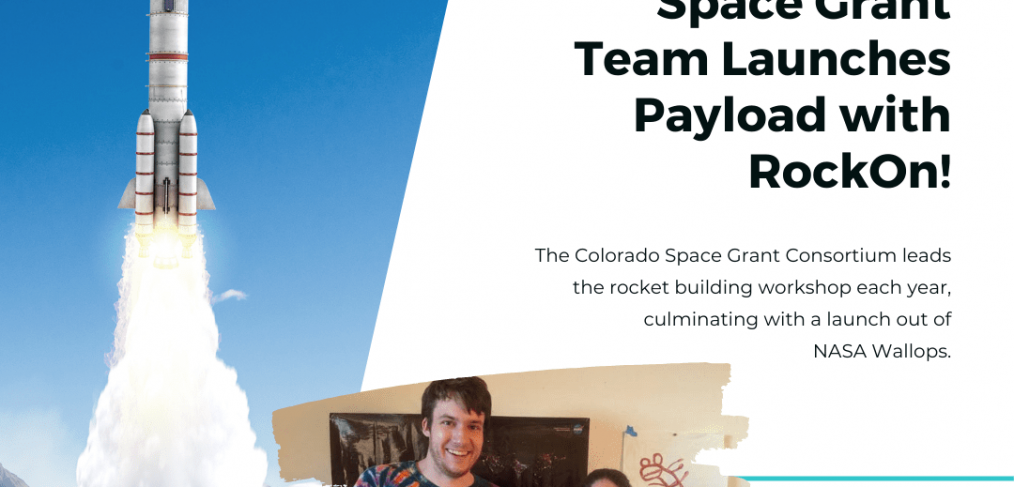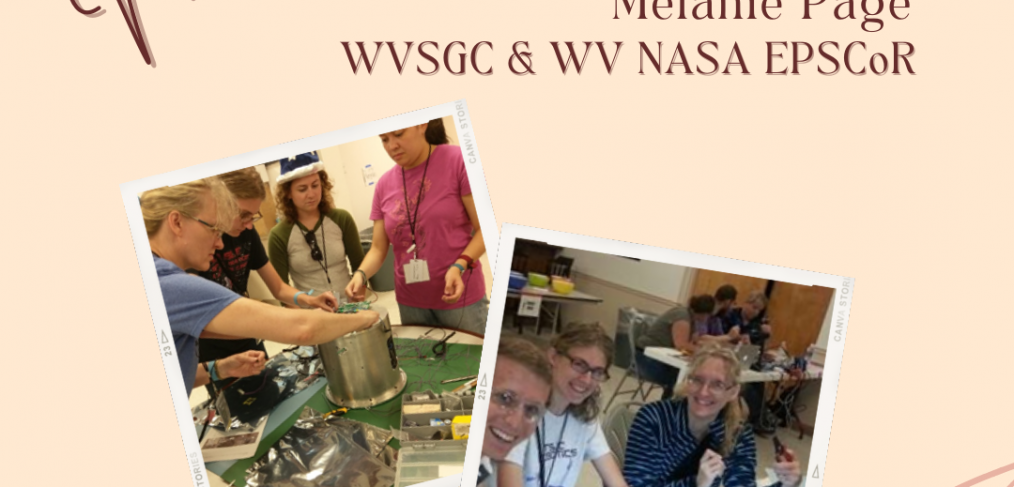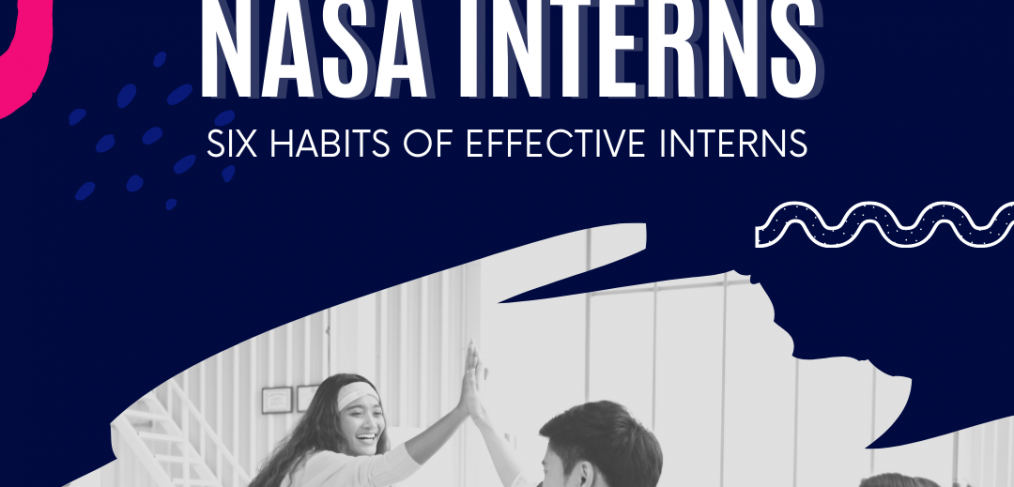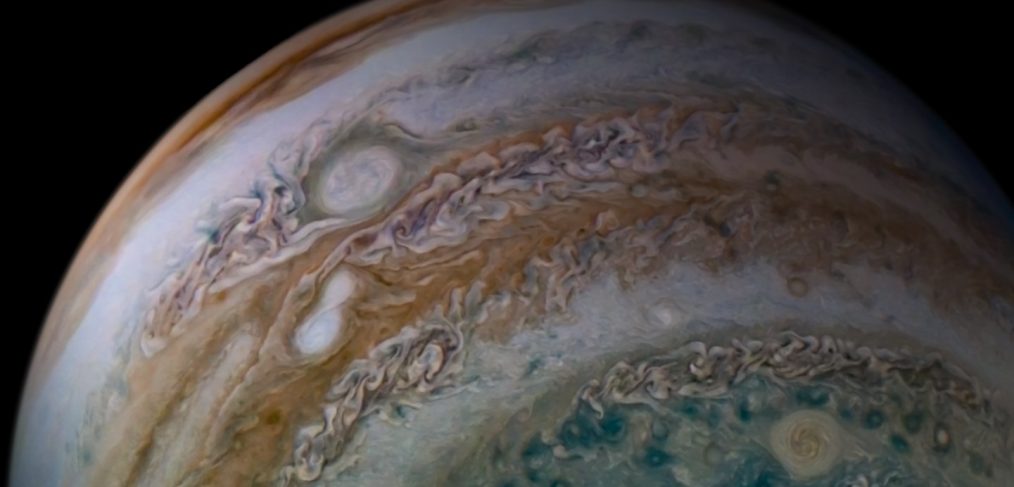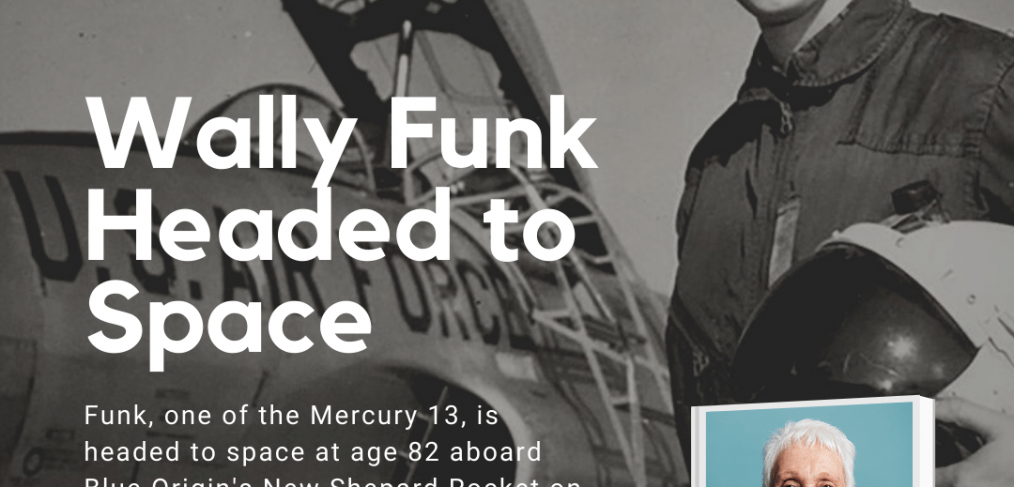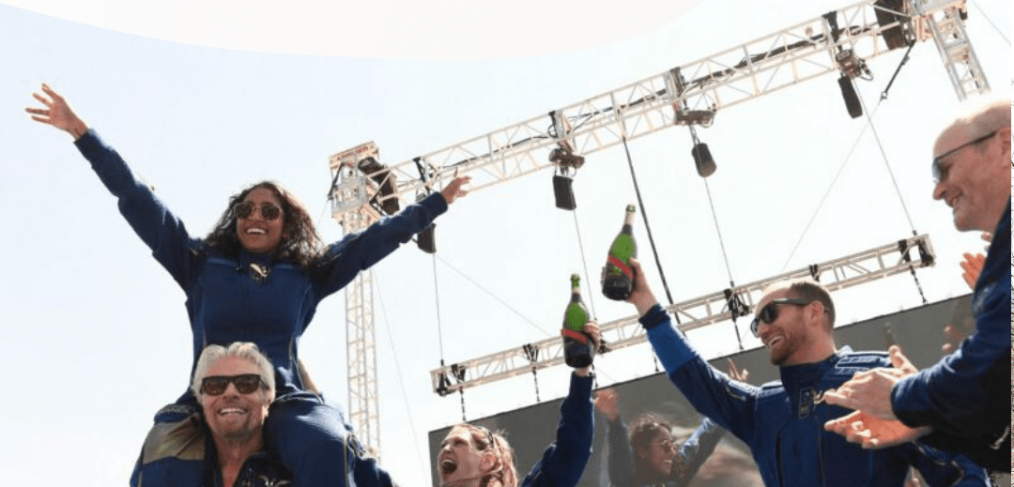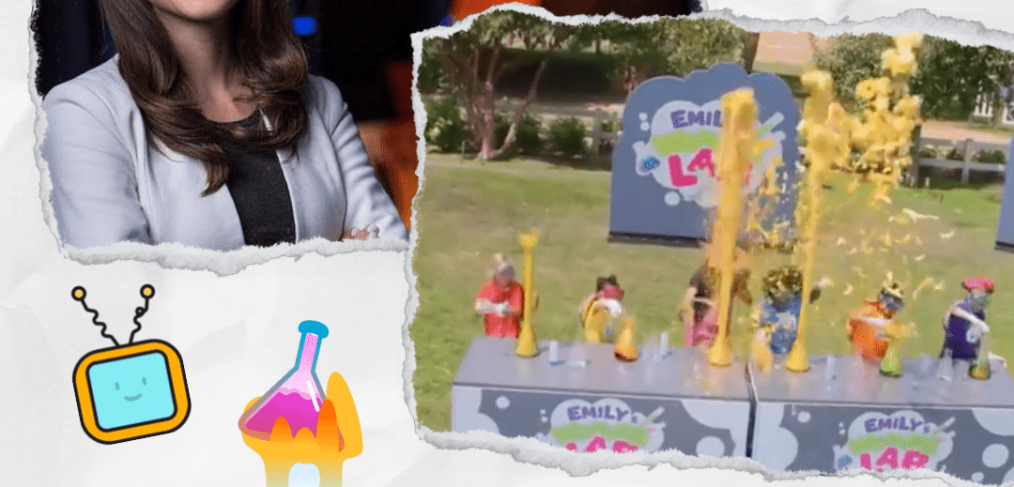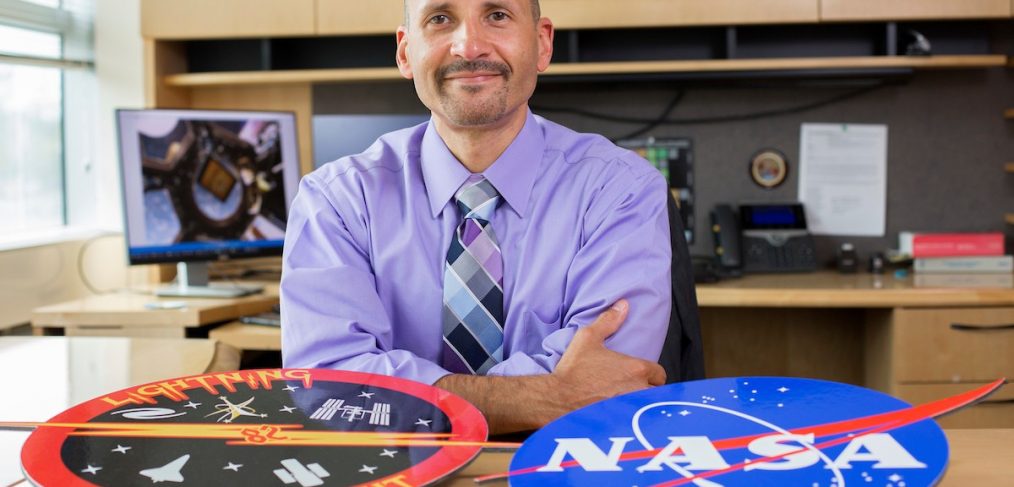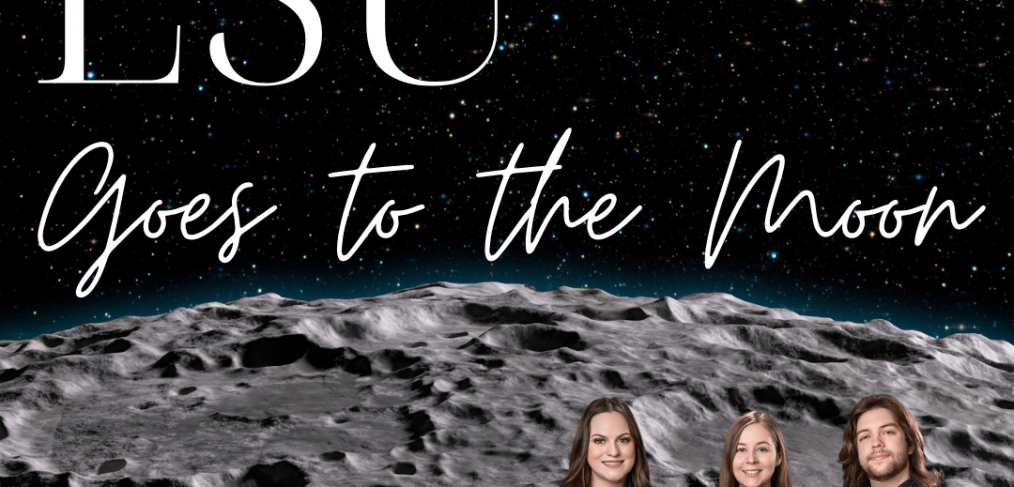TRUTH OR CONSEQUENCES, N.M.—Sir Richard Branson basked in the late morning New Mexico sunshine on Sunday. Beaming his white, toothy grin for all to see, the 70-year-old adventurer looked resplendent in his blue flight suit as he stood alongside the pilots, Dave Mackay and co-pilot Mike Masucci, who had just rocketed him above 85 km.
“I have wanted to do this since I was a child,” Branson said. “But honestly, nothing could prepare you for the view of Earth from space.”
If you think Richard Branson’s space flight on Sunday morning was all about the pomp and simply served to feed the ego of a celebrity billionaire, you would not be wrong. Virgin Galactic hired Stephen Colbert to host the livestream, after all. R&B musician Khalid performed onstage following the mission. It was gaudy. It was showtime. It was absolutely a party.
But make no mistake, this flight was also historic.
Read the full article here.
Author: Eric Berger
Image Credit: PATRICK T. FALLON/AFP via Getty Images
